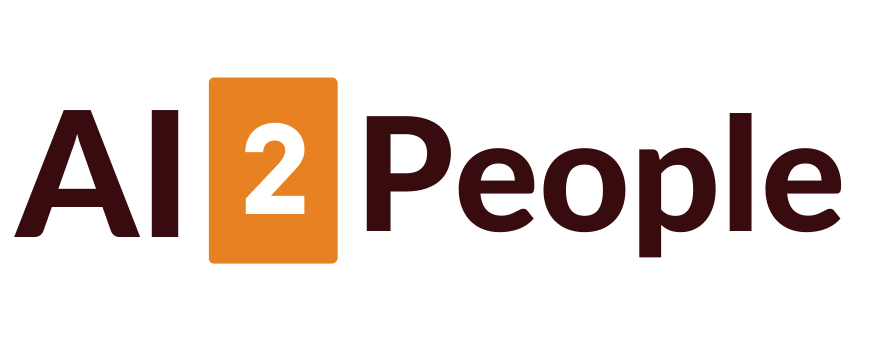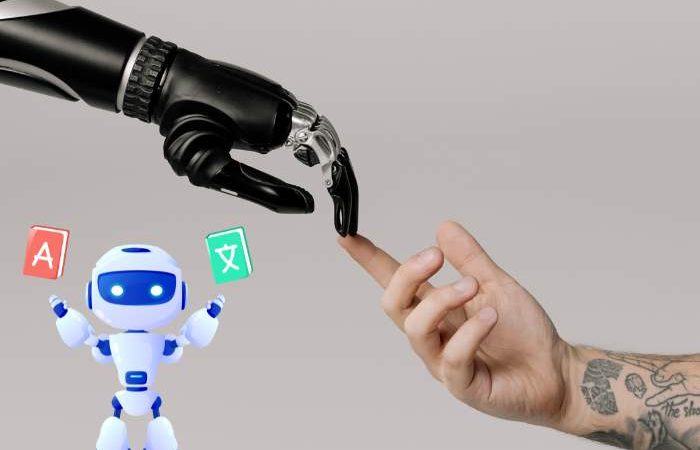
The Evolution of AI Voices: From Robotic to Human-Like
When we think about AI voices today, the smooth, human-like tone of virtual assistants like Alexa or Siri comes to mind. But not long ago, AI voices sounded mechanical and far from natural. It’s incredible how far the technology has come.
In this article, I’ll explore the fascinating journey of AI voices, from robotic origins to their human-like sophistication today. Along the way, we’ll also discuss the role of free text-to-speech AI generators, advancements in fields like AI in audiobook generation, and even text-to-speech for game narration.
Table of Contents
The Early Days of AI Voices
The Birth of Text-to-Speech Technology
AI voice technology dates back to the 1960s, with early systems like the VODER. These early innovations laid the groundwork, but they lacked the fluidity of human speech. Voices were flat, monotone, and struggled with proper pronunciation.
These systems primarily served niche audiences, such as those with visual impairments. Despite their limitations, they represented a giant leap for technology at the time.
Challenges in Early Development
The main challenges stemmed from limited processing power and primitive algorithms. Early text-to-speech engines relied on rule-based systems, which could only mimic speech in rigid and robotic tones. Their applications were narrow, yet they paved the way for more advanced systems.
Key Milestones
One of the earliest breakthroughs was DECtalk in the 1980s, which gained popularity for its relatively clear pronunciation. Stephen Hawking’s famous voice used this technology, showing the world how TTS could change lives despite its limitations.
The Leap to More Natural Speech
The Influence of Machine Learning
By the 1990s, machine learning changed the game. Systems could analyze vast amounts of data to generate more natural-sounding speech. The shift from rule-based synthesis to data-driven models meant AI could learn and improve.
Unit Selection Synthesis
Unit selection synthesis marked a significant step forward. This method used pre-recorded speech fragments from real human voices, arranged to produce sentences. While it sounded far more natural, the downside was its lack of flexibility—recording and storing vast libraries of speech was cumbersome.
The Emergence of Speech Prosody
Prosody—intonation, stress, and rhythm—became a focal point in this era. Developers began to incorporate these nuances to make speech sound more dynamic and expressive, addressing the monotony of earlier systems.
The AI Revolution
Neural Networks and Deep Learning
The arrival of neural networks and tools like Google’s WaveNet in 2016 marked a revolutionary moment. These models generate audio waveforms directly, producing ultra-realistic voices. Unlike unit selection, WaveNet doesn’t rely on pre-recorded clips, allowing it to create speech from scratch with smooth, expressive transitions.
Advancements in Emotional Intelligence
One of the most exciting aspects of modern AI is its ability to convey emotion. For example, a TTS system can adjust its tone to sound enthusiastic, calm, or empathetic. This feature has been especially valuable in customer support and AI in audiobook generation, where emotional depth enhances the listening experience.
Multilingual and Regional Accent Capabilities
AI has also become increasingly inclusive. Today’s systems support dozens of languages and regional accents, making communication more accessible worldwide. Free text-to-speech AI generators often include features for global audiences, enabling anyone to benefit from these advancements.
Applications of Human-Like AI Voices
Accessibility
Human-like TTS tools are transformative for people with disabilities. Screen readers powered by AI voices make online content accessible to those with visual impairments. These tools also help individuals with dyslexia or other reading challenges engage with written material effortlessly.
Entertainment
AI voices are a game-changer in entertainment. They bring characters to life in video games and even narrate stories in audiobooks. Text-to-speech for game narration has become increasingly popular, offering immersive experiences with dynamic voice changes and emotional expression.
Customer Support
In customer service, AI voices ensure consistency and professionalism. They can handle routine queries, freeing human agents for complex issues. This balance improves efficiency and customer satisfaction.
Education and Training
AI voices have revolutionized e-learning. Platforms now offer engaging, personalized lessons using natural-sounding voices. They also assist in language learning by providing accurate pronunciation, helping learners gain confidence in new languages.
Challenges and Ethical Considerations
Challenges in Perfecting Human-Like Voices
Despite advancements, challenges persist. Capturing complex emotions like sarcasm or humor remains difficult. Cultural nuances, slang, and idiomatic expressions can also pose problems.
Ethical Concerns
The rise of deepfake technology raises questions about misuse. For example, realistic AI voices could be used for impersonation or spreading misinformation. Developers must prioritize ethical safeguards.
Cultural Sensitivity
AI voices must respect linguistic diversity. Overemphasizing certain languages or accents risks alienating underrepresented communities. A balanced approach ensures inclusivity.
The Future of AI Voices
Ultra-Realistic AI Voices
Looking ahead, AI voices will become indistinguishable from human ones. This evolution will benefit industries like virtual reality and immersive storytelling, creating new ways to experience media.
Personalized AI Voices
Imagine an AI that mimics your own voice or that of a loved one—with consent, of course. Personalized TTS could play a role in healthcare, offering comfort and familiarity in therapeutic settings.
Expanding Accessibility
Developers are also working to include more languages and dialects. The goal is to make AI voices available to everyone, ensuring no group is left behind in the digital age.
Conclusion
The journey of AI voices from robotic to human-like has been nothing short of remarkable. Innovations like free text-to-speech AI generators, emotional intelligence, and applications in AI in audiobook generation and text-to-speech for game narration show the profound impact of this technology on our lives.
As AI voices continue to evolve, their potential to bridge communication gaps, enhance accessibility, and improve user experiences worldwide is limitless. The future sounds exciting—and it’s powered by AI.






















